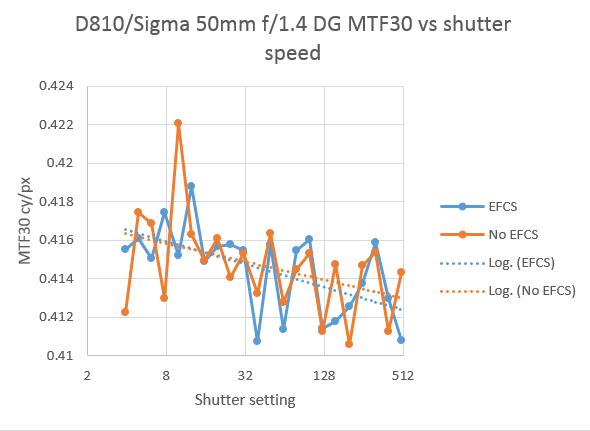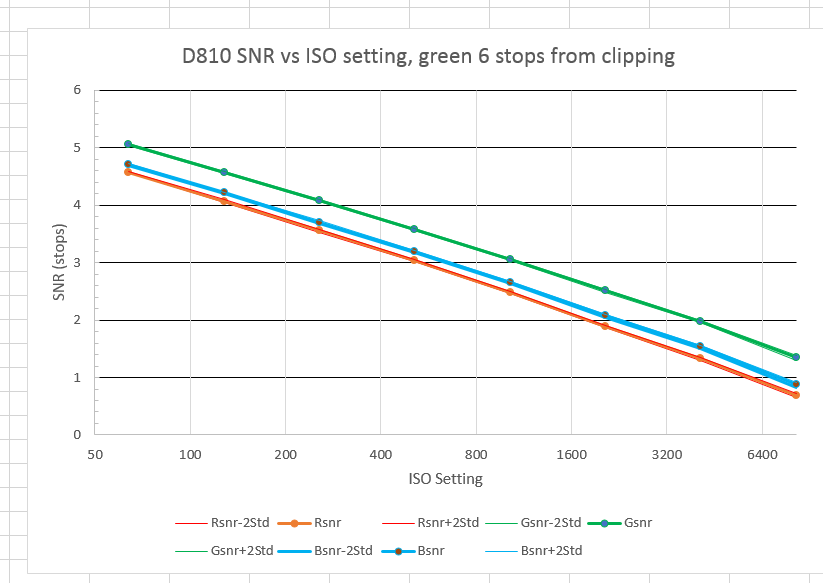One of the new features on the D810 is the electronic first curtain shutter (EFCS), which should in conjunction with raising the mirror well before the exposure, reduce vibration. The EFCS controls on the S810 work quite differently from those on the Sony a7 and a7S. Like the Sonys, there’s a menu item to turn… [Read More]
Nikon D810 manual focusing
In making the bookcase pictures for the two previous posts, I got to try out the Nikon D810’s new-and-improved live view. Wow! It’s an amazing improvement, not just because it’s so good, but because the D800/D800E live view was so bad. The D810 is right up there with the Sony a7R in the live view… [Read More]
Nikon D810 push processing: ISO 12800 to 400
I repeated the tests of the previous post over a higher ISO range. Here are the results: And the tight crops: You could criticize the noise in the ISO 400 image if you were feeling picky, but again, this is virtually ISO-less performance.
Nikon D810 push processing: ISO 2000 to 64
Graphs are fine as far as they go, and, for some purposes, they’re better than pictures, since they avoid confirmation bias. But they’re not the be all and end all. In fact, in photography it’s better tho think of the graphs as supporting the conclusions reached from the images, rather than the other way ’round…. [Read More]
Is the D810 ISOless?
Measuring read noise is useful, but by the time the image is so dark that you can see the read noise, the photon noise is usually pretty bad. For me, the photon noise is usually more important as a measure of practical image quality. I did a variant of my usual test that shows the combined… [Read More]
- « Previous Page
- 1
- …
- 403
- 404
- 405
- 406
- 407
- …
- 577
- Next Page »



